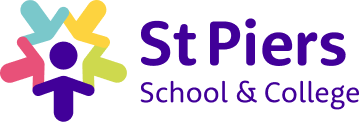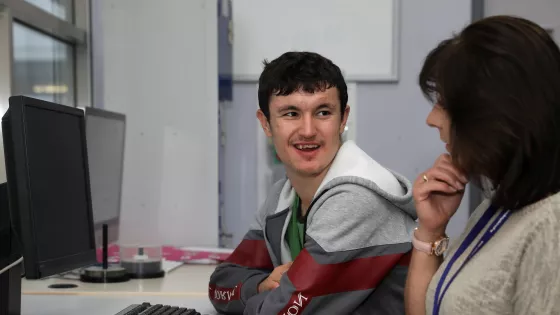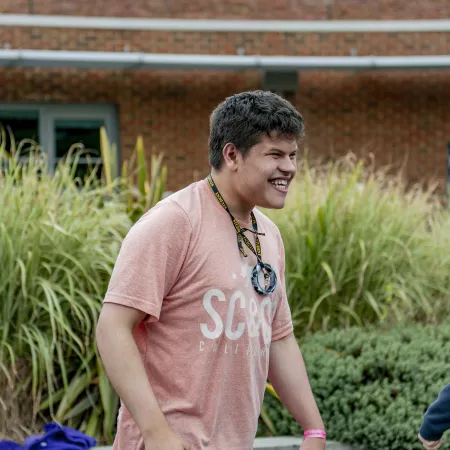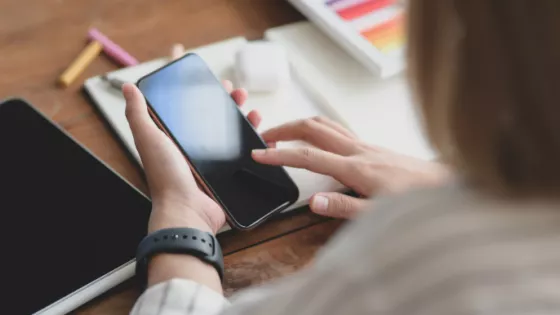Meeting communication needs
At St Piers, communication is as essential to personal development and psychological, social and emotional wellbeing, as it is to academic success.
To meet the communication needs of students with a range of neurological disorders, learning and other difficulties, we use two highly effective approaches: Total communication and Intensive interaction.
Total communication
The children and young people who come to St Piers may have epilepsy, autism, and severe learning needs. As such, how each child or young person prefers to communicate may be different.
As part of our personalised approach, tailoring education and care to individual need, we use an approach called ‘total communication’.
Total communication is not about using one method of communication, but finding the right combination of methods that work for an individual.
These methods include speech, sign language, touch, movement, sound, gesture, pictures, objects, symbols and manual and electronic aids.
A student may, for example, prefer to communicate with a teacher using sign language and pictures, and for the teacher to respond using sign language and speech.
By using a total communication approach, we discover what works best for children and young people to express themselves and be understood, and understand other people.
In this way, we can remove a barrier to personal development that many may have faced for years.
Intensive Interaction
Intensive Interaction is a teaching approach which enables young people with severe and profound learning disabilities to learn about and rehearse the fundamentals of communication.
The fundamentals of communication include enjoying being with another person and learning to give attention; building relationships and trust; the use and understanding of eye contact, facial expressions, and other non-verbal cues; taking turns and using vocalisations as pre-speech conversational patterns.
At St Piers all staff receive training in Intensive Interaction from our Intensive Interaction Coordinator, which enables them to provide an environment which is responsive to the student’s pre-verbal communications.
Intensive Interaction is a non-directive approach whereby the staff tune into and respond to the students’ individual communication as it occurs. All the staff need is themselves and therefore learning can take place anywhere and anytime
When using Intensive Interaction, staff will:
- Share the space with a student and tune in to what they are doing
- Allow the student to lead the interaction
- Respond by joining in or mirroring
- Take turns using the student’s own vocalisations and actions
- Use exaggerated facial expressions and a playful tone of voice to become more interesting
- Comment on what the student is doing or what they notice
- Develop playful interactive games through repetition
- Use appropriate touch such as holding, squeezing, or clapping hands, touching foreheads or stroking arms and shoulders Respond to actions or vocalisations as if they are intentional communication
- Pause and be silent when nothing is happening and wait for the student to proceed
- Develop trusting relationships
Through repetition, these kinds of interactions gradually become more enjoyable and meaningful, improving social interaction and pre-verbal communication skills, and encouraging students to engage with others.
Over time, we find Intensive Interaction makes a huge difference to children and young people’s overall wellbeing and ability to communicate and make relationships with others.
For more information www.intensiveinteraction.org




